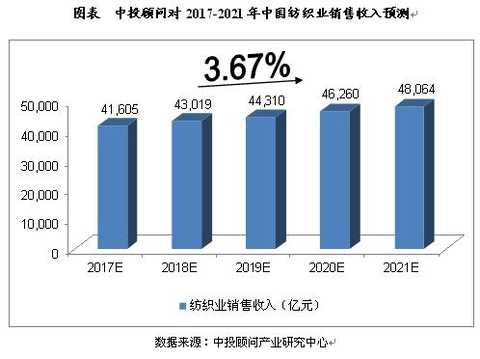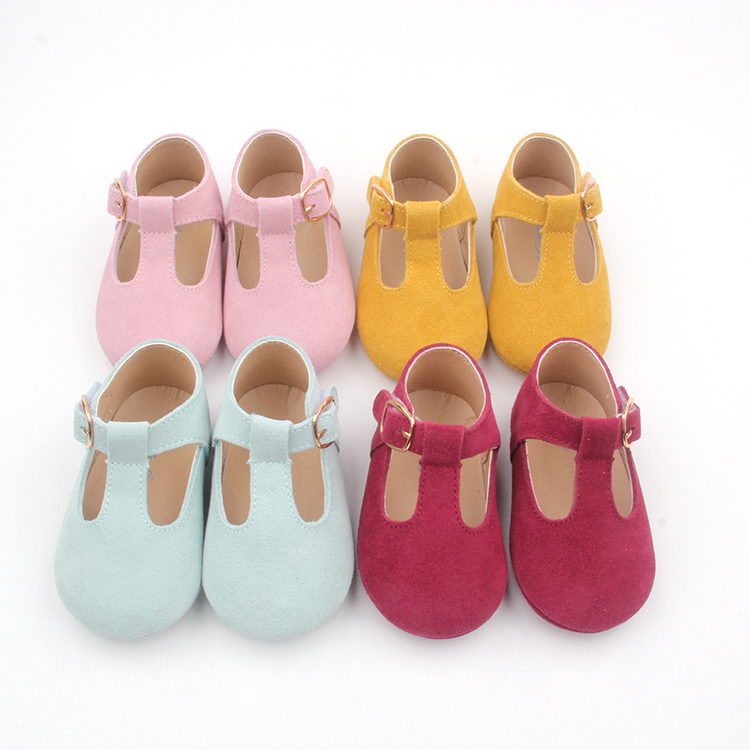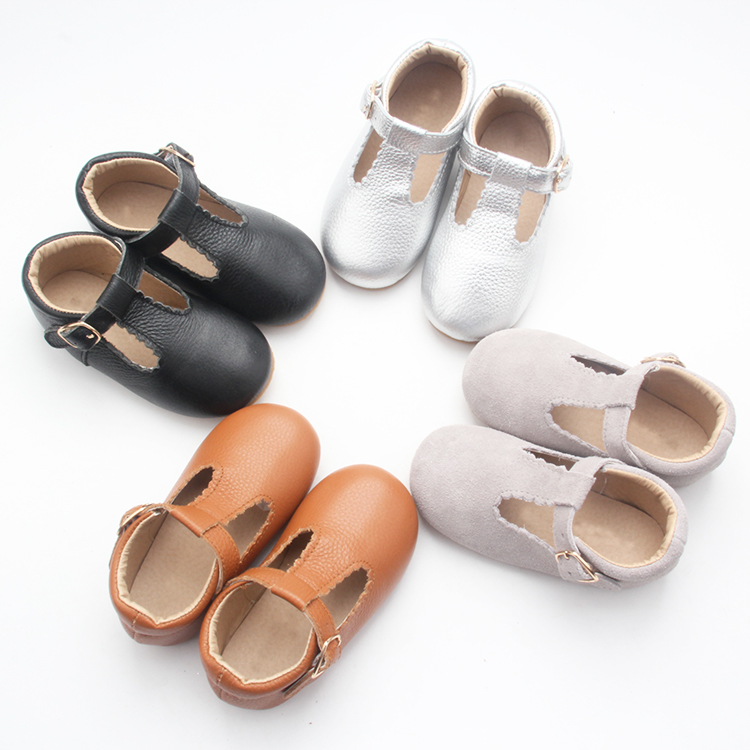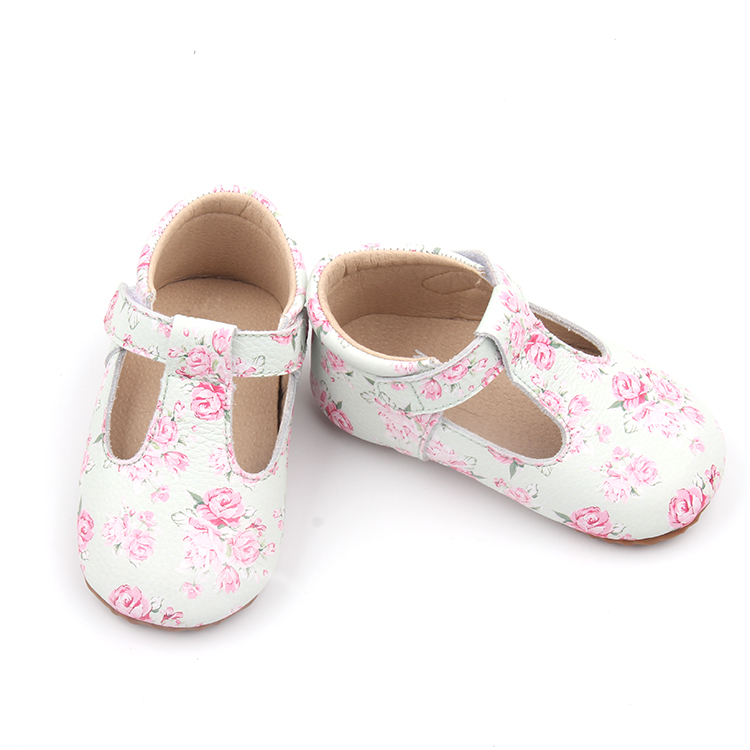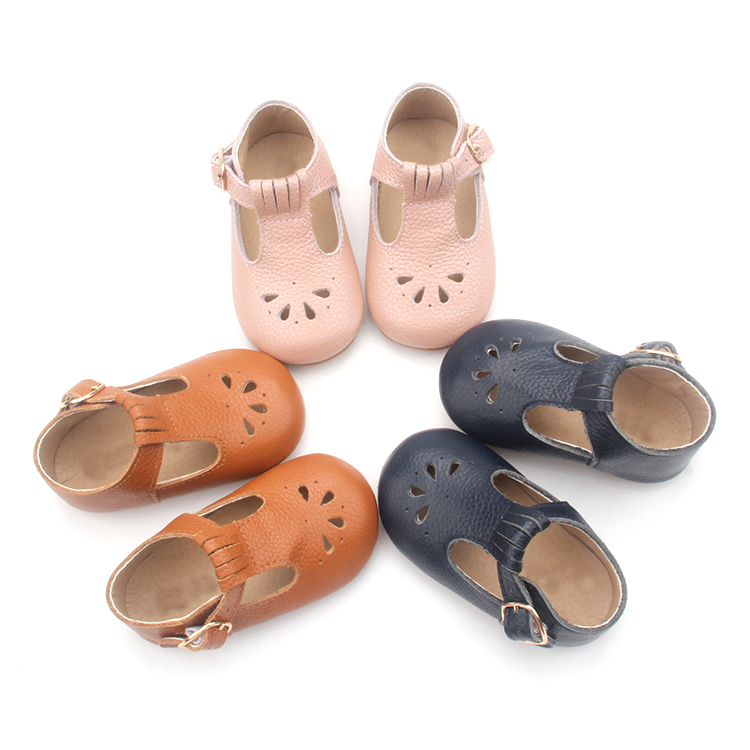What will happen to China's textile industry in the next five years? Cost advantage no longer
First, favorable factors (1) The policy is good September 28, 2016, the Ministry issued the "Textile Industry Development Plan (2016-2020)." "Plan" should be made to improve the quality and efficiency as the center to promote supply-side structural reforms as the main line, in order to increase varieties, improve quality, brand, "three" strategic focus, enhance innovation capacity, optimize the industrial structure to promote intelligent manufacturing and green manufacturing, development of a new form of kinetic energy, create new competitive advantages, promote the industry towards high-end, initially built textile power. "Planning" put forward specific tasks from six aspects: improving industrial innovation capability, vigorously implementing the "three products" strategy, promoting textile intelligent manufacturing, accelerating the process of green development, promoting regional coordinated development, and enhancing the comprehensive strength of enterprises. As a special plan to guide the development of the textile industry during the 13th Five-Year Plan period, the Plan will promote the transformation and upgrading of the textile industry and create new competitive advantages. (2) New mode of "Internet + textile" According to estimates by the Ministry of Commerce, the total amount of textile and apparel e-commerce transactions in 2016 was 4.45 trillion yuan, a year-on-year increase of 20.27%, accounting for 20.23% of the total national e-commerce transactions. Among them, the e-commerce transaction volume of textile and garment enterprises (B2B) was 3.45 trillion yuan, 21.05% year-on-year; the total retail sales of clothing home textile network was 985 billion yuan, up 18.53% year-on-year, accounting for 23.51% of the total retail sales of physical goods in the country. The textile force army consisting of Alibaba, global textile network, cloth network and other e-commerce B2B platforms has become an important driving force for the transformation and upgrading of the textile and garment industry. The “Internet + Textile†brings more convenient transaction process to the textile industry. It is to break through the original geographical restrictions and combine the supply and demand of fabrics and garment factories across China to solve the traditional problem of selling cloth and finding troubles. (III) Adjustment of regional industrial structure The “One Belt and One Road â€, the coordinated development of Beijing-Tianjin-Hebei and the three strategic implementation of the Yangtze River Economic Belt provide new opportunities for promoting the coordinated development of the textile region. Construction of a Silk Road economic belt core area, as well as support the development of Xinjiang's textile and garment industry implemented a series of policies to promote employment, will promote the development of Xinjiang textile industry to a new level. Promoting the construction of new urbanization, especially guiding the urbanization of 100 million people in the central and western regions, will enhance the endogenous driving force for the development of the textile industry in the central and western regions. The adjustment of the global textile division system and the acceleration of the reform of the trading system will promote enterprises to more effectively use the two markets and resources, and more proactively “ go global †to enhance the internationalization level of the textile industry and create a new situation for the open development of the textile industry. (4) Continued promotion of brand building During the “Twelfth Five-Year Plan†period, the brand awareness of the whole industry was further improved, and the industry brand cultivation management system and brand value evaluation system were initially formed. China International Clothing & Accessories Fair, Chinese clothing awards, the China International Fashion Week, Fashion Festival and other activities held for the country, fibers, fabrics, home textiles and fashion trends study released "Brand of the Year textile and garment industry development report" publishing, promoting the industry Brand Development. At present, there are about 3,500 garment home textile brands active in the domestic market, and the whole industry has more than 300 “China Famous Brandsâ€. A number of clothing and home textile brands have established design institutions and sales networks overseas, and Chinese designer works showcase exchanges on the international stage. The sales of apparel home textiles grew at an average annual rate of more than 40%, and the rapid growth of e-commerce expanded the influence of branded products. Second, the unfavorable factors (1) Cost advantage no longer In recent years, the cost of China's textile industry has increased significantly, and the cost advantage is no longer. China's textile industry faces four high costs, first of all labor costs. With the demographic dividend of China's cheap labor, the rise of the textile industry in Southeast Asia and other places, the foreign environment has brought severe challenges to domestic textile companies. In the "re-industrialization" of developed countries and the accelerated extrusion of industrial processes in developing countries, the labor cost advantage of developing countries in Asia and Africa is obvious; the international comparative advantage of China's textile industry is weakening. The second is: energy costs, transportation costs and environmental governance costs. (B) exports decline In 2016, the cumulative trade volume of China's textiles and apparels was US$290.6 billion, down 6.1% year-on-year. Among them, exports were US$ 267.25 billion, down 5.9% year-on-year; imports were US$ 23.36 billion, down 8.8% year-on-year; cumulative trade surplus was US$ 243.89 billion, down 5.6% year-on-year. The main reason for the decline in exports in 2016 include: slow economic recovery in major export markets, weak external demand; unstable external environment, increasing uncertainties affecting export; production costs continue to increase, further weakening the traditional advantages; industrial transfer lead our country in the international The share in the major markets has gradually narrowed; the prices of export commodities have fallen significantly. (3) Overcapacity of low-end products Chinese textiles and garments have traditionally occupied the international market with low-priced exports. Although the export volume is large, the added value of products is significantly lower. At present, the effective supply of high-end products in China's textile industry is insufficient, and low-end products have staged and structural overcapacity. It is expected that the supply reform of the textile industry will continue to eliminate backward production capacity , especially in the context of high labor costs, the future living space of low value-added products will be more limited. China Investment Consultant's Forecast of China's Textile Industry Sales Revenue for 2017-2021 In 2016, China's textile industry sales revenue was 4,86.97 billion yuan, an increase of 1.7%. We expect that China's textile industry sales revenue will reach 4,160.5 billion yuan in 2017, and the compound annual growth rate will be 3.67% in the next five years (2017-2021). In 2021, China's textile industry sales revenue will reach 4,086.4 billion yuan. 2017-2021 China's textile industry total profit forecast In 2016, the total profit of China's textile industry was 219.41 billion yuan, a year-on-year increase of 1.2%. We estimate that the total profit of China's textile industry will reach 222.7 billion yuan in 2017, and the compound annual growth rate will be 1.92% in the next five years (2017-2021). The total profit of China's textile industry will reach 240.3 billion yuan in 2021.
When it comes to T-bar Shoes, we have many hot sell and popular styles. Fashion T-bar Shoes is one of our most hot sell styles since our company established. Each season we produce over 20,000 pairs. These Baby T-bar Shoes are handmade carefully, and popular in many countries, including the United States, Canada, Australia, New Zealand, Netherlands, the UK, etc.
Simple T strap design:
Special T strap design:
baby t strap shoes,baby t bar shoes,baby girls shoes, fashion t-bar shoes Shenzhen Baby Happy Industrial Co.,Ltd , https://www.bbabyshoes.com